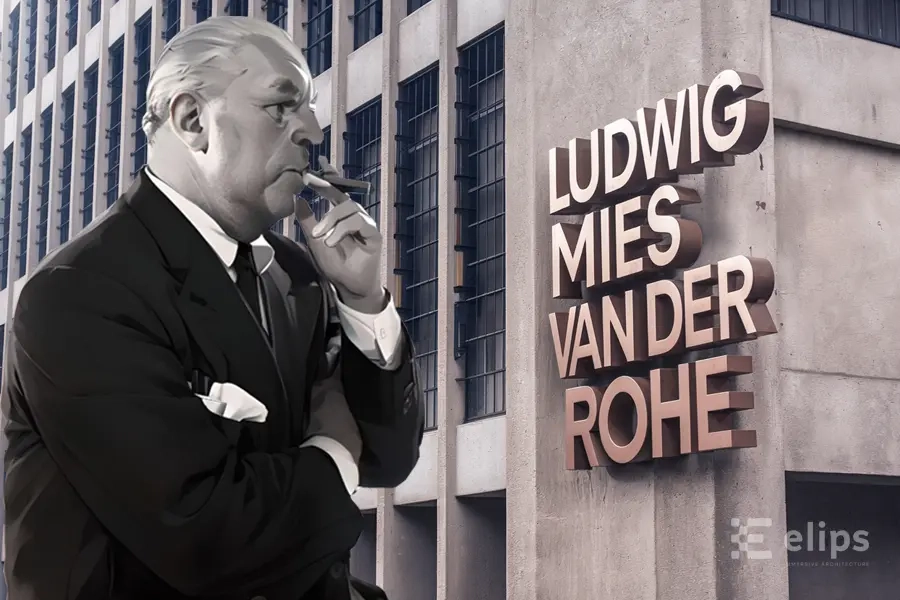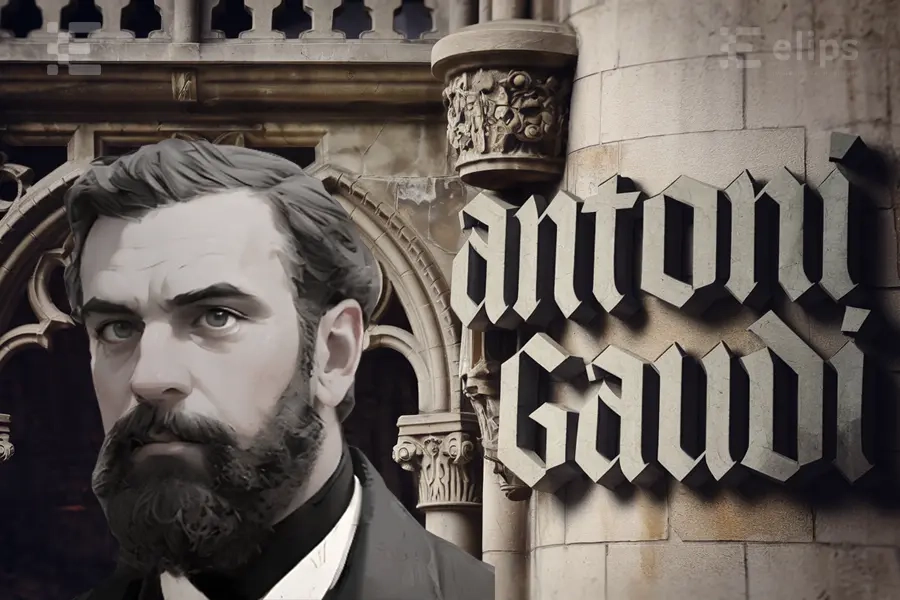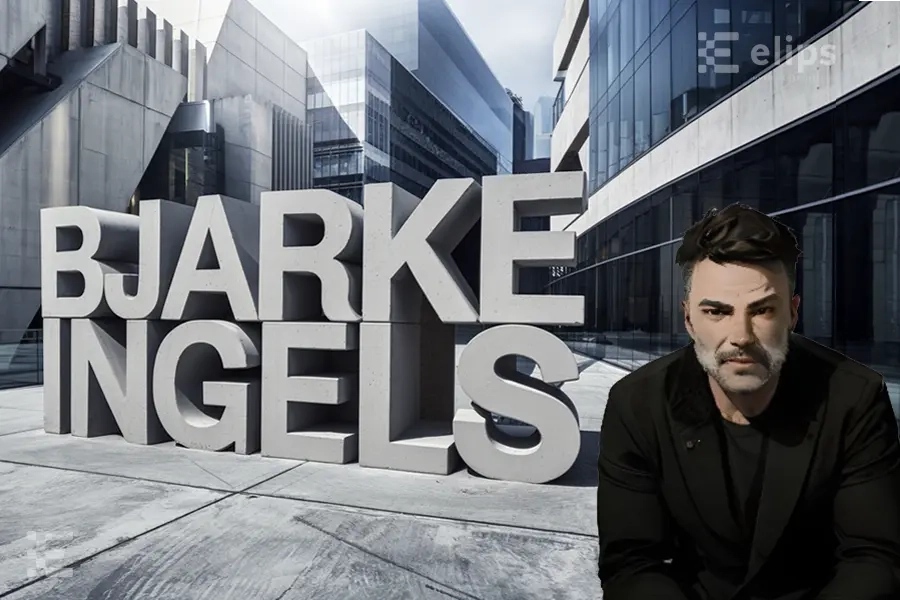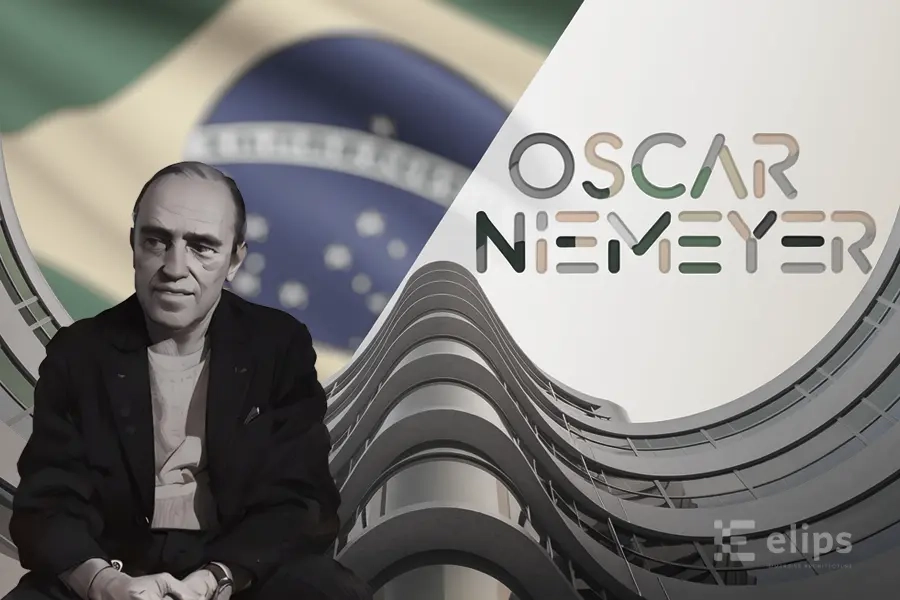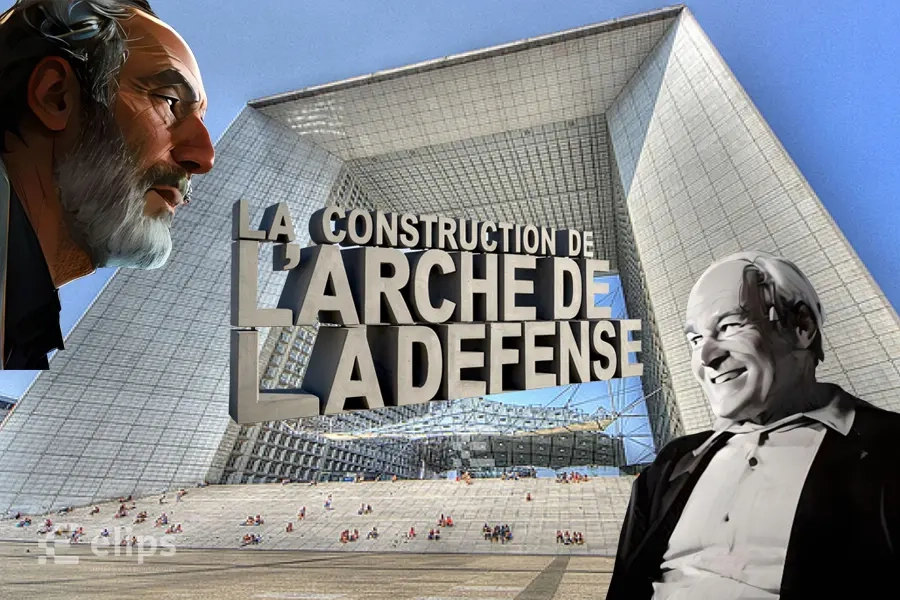No products in the cart.
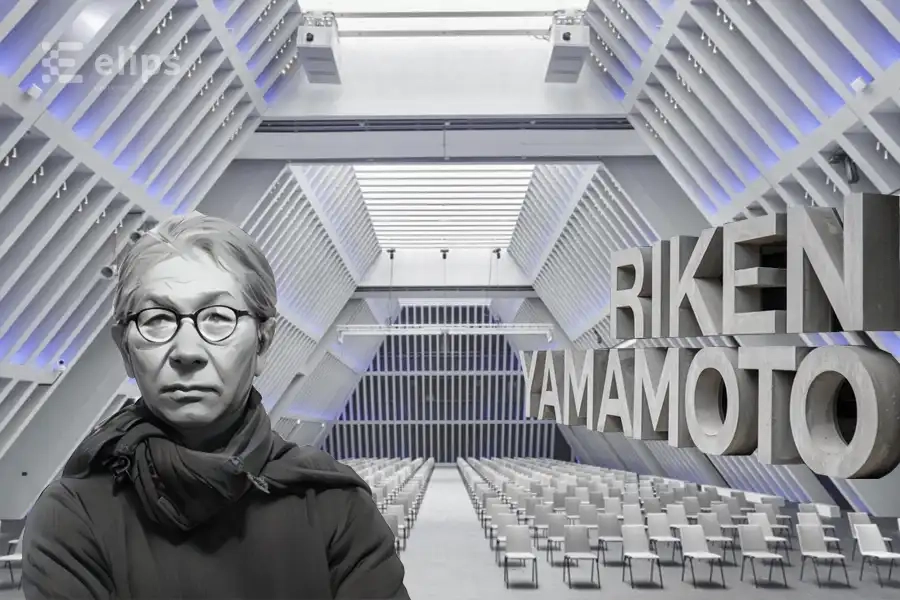
Riken Yamamoto, the architect of social interaction
Born in 1945, architect Riken Yamamoto has designed spaces that encourage social interaction while respecting individual privacy.
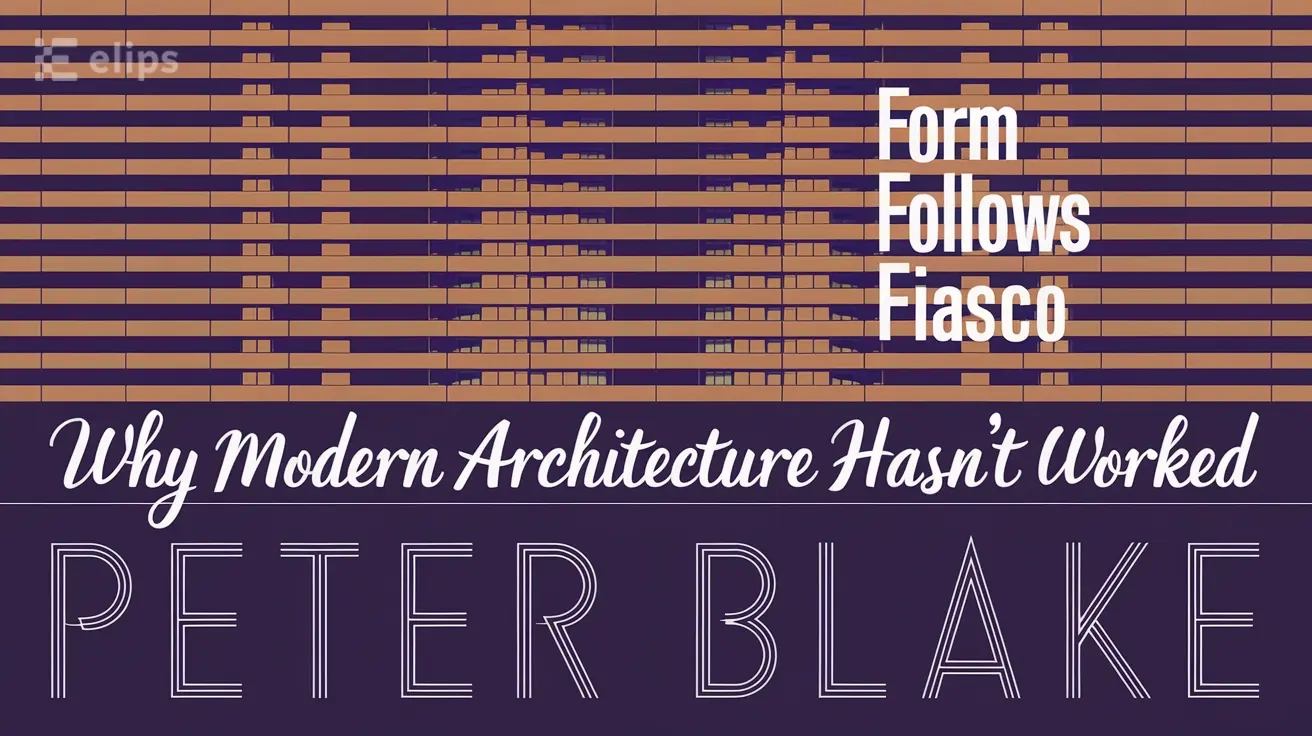
"Form Follows Fiasco: Why Modern Architecture Hasn't Worked from Peter Blake is a polemical work that questions the foundations of modern architecture. Published in 1977, this book by an accomplished modern architect offers an acerbic critique of the principles that guided the modernist movement in architecture throughout the 20th century.
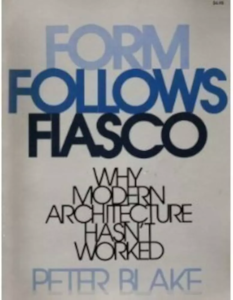
Peter Blake's Form follows fiasco
Blakewith its experience of over 50 modern building designs and its role as publisher ofArchitectural Digestargues that his fellow architects have lost sight of people's real needs. He criticizes the modernists' fascination with form over function, leading in his view to uncomfortable chairs, illegible watches and unliveable buildings.
The book is structured around eleven chapters, each of which tackles a fundamental principle of modern architecture that Blake describes as "fantasy". These principles, the author argues, are disconnected from the realities of construction, economics and human well-being. Blake questions dogmas such as "form follows function", "open plan" and "purity of design", exposing them as volatile ideas that have failed in practice.
A particular target of Blake is skyscrapers. He argues that these high-rise buildings are first and foremost tools of real estate speculation, detrimental to urban life and the local economy. In his view, skyscrapers tend to suck the life out of surrounding neighborhoods, driving small businesses out of business in favor of big corporate names. What's more, their design often creates unpleasant wind conditions at street level, making the space hostile to pedestrians.
Blake contrasts two models of urban development: the mechanistic and the organic. The mechanistic model represents modernist utopias such as the Ville Radieuse of Le Corbusierwhile the organic model corresponds to a more spontaneous development of cities. The author argues for a balance between these two approaches, criticizing the excesses of modernist urban planning while recognizing the need for a certain degree of organization.
An important point raised by Blake is the need for cities to be alive 24 hours a day. He criticizes business districts that empty out after 6pm, creating dead zones in the city. Instead, he advocates mixed neighborhoods where you can see children in parks, couples dining on terraces and retirees strolling around, even after the offices have closed.
The book by Blake is richly illustrated, with 133 black-and-white images to support his arguments. He skilfully blends documentation, illustrations, polemic and humor to deconstruct the dogmas of modern architecture that most architects had previously accepted without question.
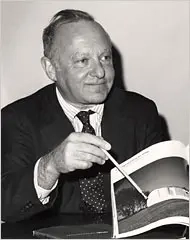
Peter blake
"Form Follows Fiasco had a significant impact at the time of its publication, marking a break in the perception of modern architecture. It contributed to the emergence of postmodernism in architecture, a movement that sought to reintroduce historical and contextual elements into architectural design.
The book by Blake remains relevant today, as many cities continue to struggle with the consequences of modernist urban planning. His criticisms of skyscrapers and the functional segregation of neighborhoods still resonate in contemporary debates on urban planning.
For designers, whether architects or not, "Form Follows Fiasco is a powerful reminder never to lose sight of user needs in favor of abstract ideals. For the general public, the book offers a critical perspective on the built environment, reminding us that nothing in the way our cities are designed is natural or inevitable, but the result of specific design choices.
In conclusion, "Form Follows Fiasco from Peter Blake is an important work that challenged the foundations of modern architecture at a crucial moment in its history. Its acerbic but well-argued critique of modernist principles helped pave the way for new approaches to architecture and urban planning. While some may find his arguments excessive or dated, the book remains stimulating reading for anyone interested in how we design and experience our urban spaces.
Pascal T
Quotes:
https://www.stevegrossi.com/on/form-follows-fiasco
https://www.mullenbooks.com/pages/books/183172/peter-blake/form-follows-fiasco-why-modern-architecture-hasnt-worked
http://cronologiadourbanismo.ufba.br/apresentacao.php?idVerbete=160&langVerbete=en
https://www.abebooks.fr/rechercher-livre/titre/form-follows-fiasco-why-modern-architecture-hasn’t-worked/auteur/blake-peter/edition-originale/
https://www.goodreads.com/book/show/122342.Form_Follows_Fiasco
https://books.google.com/books/about/Form_Follows_Fiasco.html?id=8kmNMwEACAAJ
https://www.ebay.fr/itm/266168421780
https://www.bienvenuechezginette.com/les-designers/ludwig-mies-van-der-rohe/
Peter Blake (1920 - 2006): https://fr.wikipedia.org/wiki/Peter_Blake_(architect)

